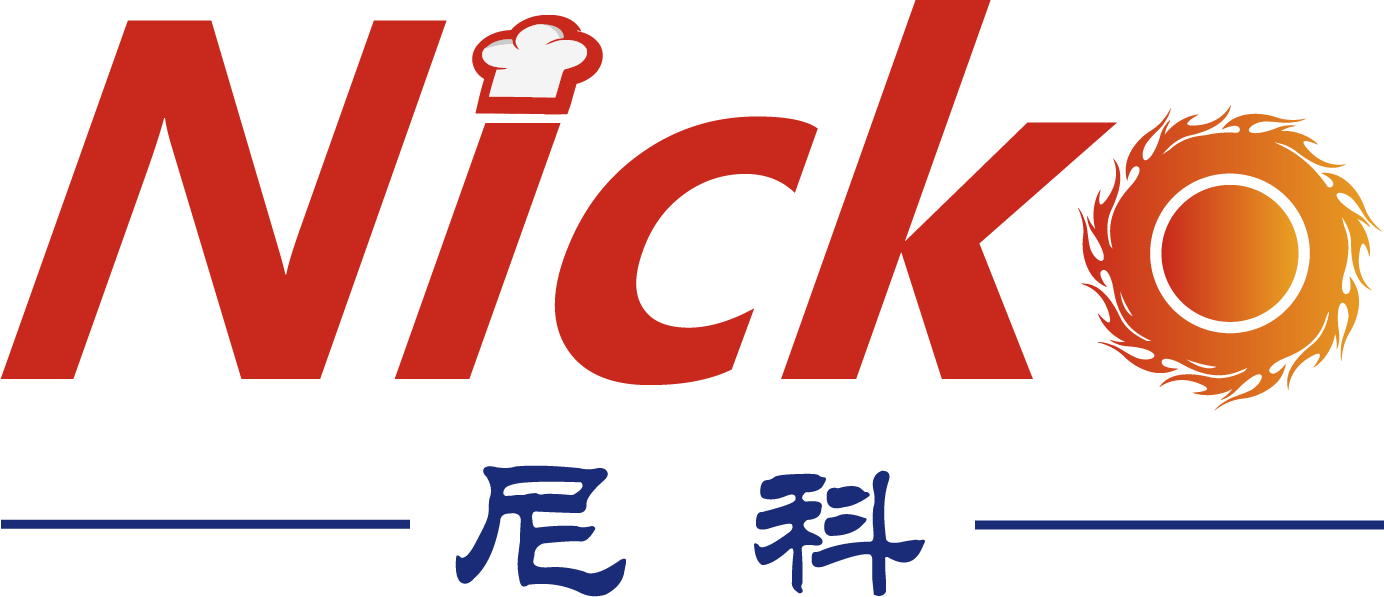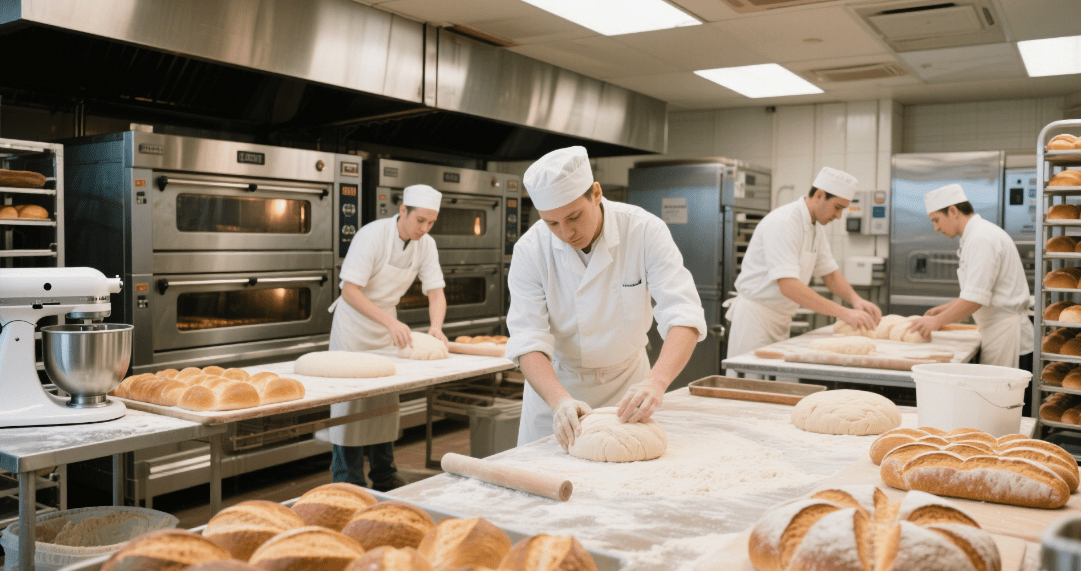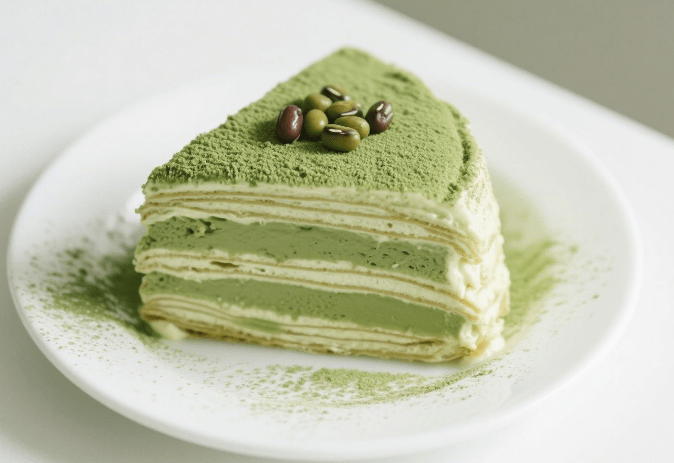In the field of baking, continuous technological advancements have brought us more convenient cooking equipment.
Among them, infrared rotary ovens are favored by many large commercial kitchens, bakeries, and restaurants for their ability to produce consistently highquality baked goods. This article analyzes the five core advantages of infrared rotary ovens to provide a reference for purchasing professional commercial ovens.

I. Higher Heating Efficiency
Many of us have experienced cooking foods with irregular shapes or uneven thickness, which are prone to uneven baking. For example, protruding chicken wing tips can easily burn, while traditional ovens often result in charred thin crust edges and unevenly melted cheese in pizzas.
Common Types of Foods Prone to Uneven Baking:
1. Irregular Shapes:
Whole chickens, ducks, lamb legs, flowershaped bread, multilayered cakes, and threedimensional pastries. Traditional ovens often burn the tips (e.g., chicken wings) while leaving the center (e.g., chicken breasts) undercooked.
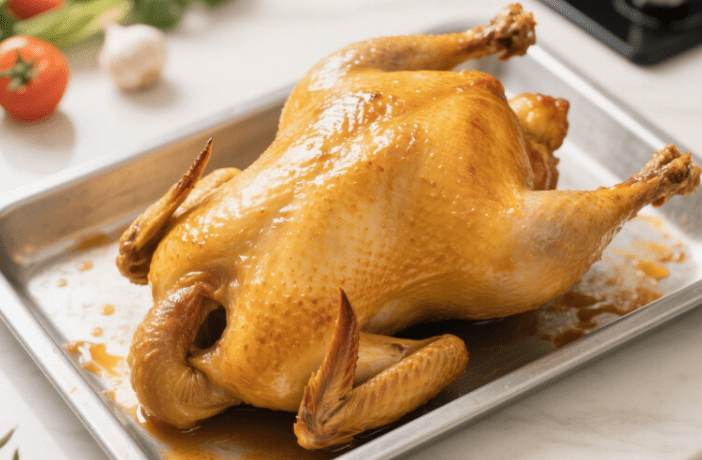
2. Uneven Thickness:
Pizza, cookies, steaks, and millefeuille. Thinner sections burn easily, while thicker centers remain undercooked due to poor heat conductivity in fillings and layers.
Infrared rotary ovens excel here:
Scientific Principle: According to a 2020 study in Journal of Food Science and Technology, infrared rays (0.75–1000μm wavelength) directly penetrate food by 2–4mm, stimulating internal molecular vibrations to generate heat.
Industry Data: Food heats up 30% faster than in traditional hot air ovens.
II. Infrared Rotary Ovens Enhance Food Taste and Nutrition
Thanks to the high efficiency of infrared heating, it is easy to achieve the effect of “crispy exterior and tender interior” for food. Data from the 2023 China Oven Consumption Trend Report shows that infrared rotary ovens far surpass ordinary ovens in delivering this “crispy exterior and tender interior” result.
For example, when roasting chicken wings, an infrared oven can crisp the skin at 180°C in just 15 minutes. When grilling meat, infrared heating rapidly raises the surface temperature of the food to 160°C (the optimal range for the Maillard reaction), forming a fragrant and crispy crust, while the lower internal temperature prevents excessive dehydration of the meat, keeping it tender and juicy.

Data also proves that steaks roasted in infrared rotary ovens have a significantly more uniform surface color than those in traditional ovens (source: 2023 test report by SGS-CSTC Standards Technical Services Co., Ltd.).
In addition, infrared ovens heat food quickly, reducing the degradation of nutrients. Take vitamin C as an example: when baking broccoli, the vitamin C retention rate in an infrared oven is 82% (a 2021 study in the Journal of Food Science). When baking fish, infrared heating significantly reduces the rate of protein denaturation, resulting in more tender meat (referencing 2020 data from the College of Food Science and Nutritional Engineering, China Agricultural University).
As a result, the Michelin-starred restaurant Le Bernardin uses infrared rotary ovens to cook seafood, claiming they can “lock in 90% of natural juices within 12 minutes” (interview with chefs in the 2024 Michelin Guide). The Japanese Dietitians Association also recommends using infrared ovens to prepare children’s meals, as the high vitamin retention rate promotes children’s health (suggestions in the Journal of the Japanese Society for Nutrition 2023).
III. Infrared Rotary Ovens Are More Energy-Efficient and Reduce Store Operation Costs
A 2023 paper published in Home Appliance Technology magazine pointed out that traditional ovens heat air first and then transfer heat to food, leading to significant heat loss, while infrared ovens act directly on food, minimizing heat waste and being more energy-efficient.
Additionally, a large chain bakery customer of ours adopted the infrared rotary ovens produced by our factory. After statistical analysis of monthly electricity bills, it was found that compared with the traditional ovens used previously, they saved approximately 25% on monthly electricity costs.
Infrared rotary ovens also reduce oil and smoke emissions. Experiments conducted by professional kitchen equipment testing institutions show that when grilling pork belly, traditional ovens generate a large amount of smoke due to oil dripping onto the heating elements. In contrast, the rotating function of infrared rotary ovens distributes oil evenly, significantly reducing smoke production.
For example, Nicko’s Infrared Rotary Oven uses a Japanese-imported electronic burner with extremely low energy consumption, making it suitable for long-term and large-scale baking in commercial kitchens.
IV. Versatility of Infrared Rotary Ovens
Due to the limited kitchen space in many small bakeries, there is a high demand for space utilization. As a core baking equipment that can serve multiple purposes, infrared rotary ovens offer diverse functionalities.
For example, Nicko’s Infrared Rotary Oven(https://www.nicko.com.cn/product/infrared-rotary-oven/ ) can reach a maximum temperature of 500–600°F (260–316°C), suitable for various baking scenarios:
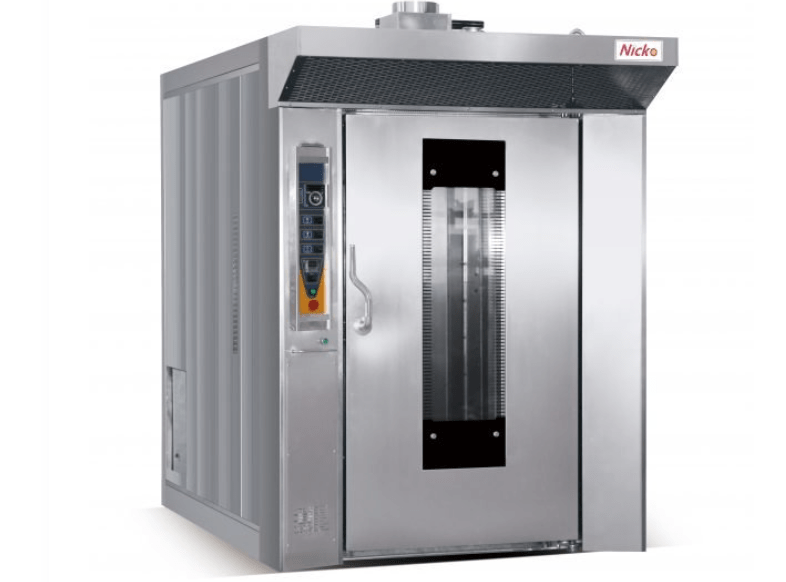
Baking: Cakes, bread (ensuring uniform fluffiness).
Grilling: Roasted meat, skewers, and vegetables, with automatic rotation for convenience.
Drying: Low-temperature drying for fruit jerky and nuts, preserving natural flavors.
Smart Control Interface: Equipped with a touchscreen to adjust temperature, time, and rotation speed.
Nicko’s model features a customized intelligent computer control panel with 12 memory functions, enabling precise temperature and baking time adjustments, as well as storage of multiple baking modes—significantly enhancing commercial kitchen efficiency.

V. Easy Cleaning and Enhanced Safety
Infrared rotary ovens are typically made of stainless steel, which is rust-resistant, oil-resistant, and easy to clean. Detachable rotating racks and baking trays simplify the removal of grease residues, reducing cleaning workload.
Safety Features:
Multiple protections against accidental burns, such as overheat protection that automatically cuts off power to prevent dry burning.
Nicko’s Infrared Rotary Oven uses high-temperature-resistant double-layer tempered glass with an explosion-proof viewing window that withstands 400°C temperature differences, allowing real-time monitoring of the baking process while ensuring safety.
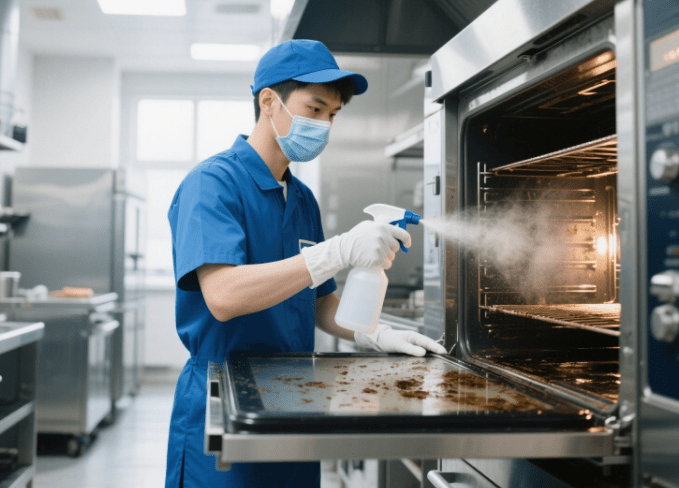
Conclusion
Infrared rotary ovens address the core challenges of traditional ovens (“slow heating, uneven results”) through a dual mechanism of infrared penetration heating + dynamic rotation. Their heating efficiency for irregularly shaped foods is particularly remarkable, making them ideal for commercial baking, catering kitchens, and other professional settings.
